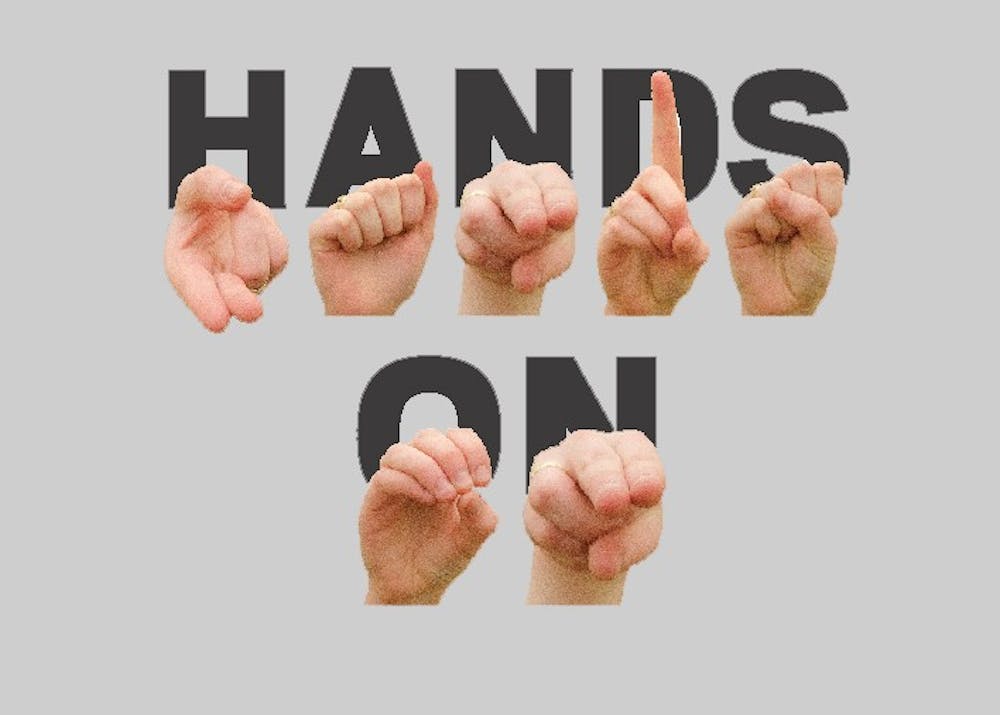* A student has created a petition to have American Sign Language recognized as a foreign language.
At Ball State, American Sign Language isn’t accepted for foreign language credit, but one student is taking it into his own hands to change that.
Freshman art education major Jacob Durnen started a petition in early March to persuade the university to accept the language as a foreign language credit toward Bachelor of Arts degrees. There are 63 signatures as of publication.
Durnen took three years of ASL classes during high school and expected to continue learning that language in college while pursuing a degree that requires 14 credit hours of a foreign language.
“With this degree, it’s so filled with credits already that starting to learn a new language in itself is extremely hard,” he said.
He said taking classes in a language he already has experience with would help to focus his attention on his major classes.
ASL uses hand motions to represent words, allowing those with hearing impediments or those who are unable to speak to communicate.
Durnen said he hopes at the very least, the petition will show administration the need for more ASL classes.
“Right now, especially if you’re a non-major, they’re really hard classes to get into,” Durnen said.
John Merbler, chairperson of the Department of Special Education, said ASL is recognized as a modern language for doctoral students at Ball State.
He said they have tried to have ASL recognized for Bachelor of Arts level students as well about four or five years ago, but some faculty members were hesitant because it does not have a written or literature component.
Indiana University and Purdue University allow students to take ASL classes for foreign language credit, and public K-12 schools are able to offer ASL for a foreign language credit as well, according to the National Council of State Supervisors for Languages.
IU offers four levels of ASL instruction focusing on “facial grammar,” or expression, instead of a written component, according to indiana.edu. Students are also offered a chance to put what they learn in the classroom to use through interaction with the deaf community.
Merbler said even if the Department of Modern Languages supported recognizing ASL as a foreign language for Bachelor of Arts requirements, the request also would need to be approved by the Undergraduate Education Committee and then higher university administrative levels.
“Assuming that all of these steps occurred, the courses would still have relatively limited availability,” he said. “There are very few qualified ASL instructors in the immediate area. Our ASL instructors drive from Indianapolis, are deaf and teach for us part-time.”
Durnen said he thinks people don’t treat sign language as a foreign language because “American” is in the name. However, the idea of sign language began in France and eventually became the ASL used today.
He said another aspect that differentiates ASL from English is the grammar structure.
“Some people who learn it kind of name call it ‘Yoda talk’ because it sounds so weird when you’re saying it out loud,” Durnen said.
Freshman art education major Molly Sells signed Durnen’s petition and is a member of the ASL Club. She said she signed it because she is dyslexic and learning ASL is easier for her to do than learning any other foreign language.
“It was much easier for me to learn colors and the alphabet in your own language using your hands than it is to learn a second language,” she said.
Sells is hard of hearing in one ear, so she said it is nice to be able to connect with others who are deaf or hard of hearing. She hasn’t taken any ASL classes, but she has taught herself the basics online.
“I feel like it’s a close close-knit community, so it’s really nice to get involved with them and feel like you’re part of something,” Sells said.
See the entire six-part series of signs you can learn
PART 1: NICE TO MEET YOU
PART 2: YOU’RE SMART
PART 3: YOU’RE FUNNY
PART 4: YOU’RE BEAUTIFUL
PART 5: WHAT’S YOUR MAJOR?
PART 6: DO YOU KNOW SIGN LANGUAGE?





